
Guide
Toolbox essentials for DIY projects
by Anika Schulz
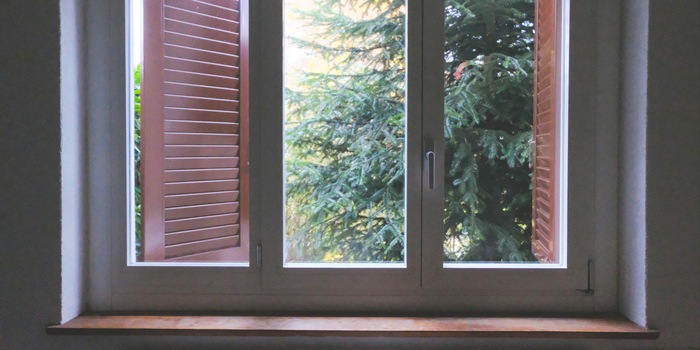
Nobody wants draughts. Not only does it keep you constantly cold. No, you also burn a lot of energy. Fortunately, there are relatively simple ways to keep the cold air outside.
I'm cold. Not in the office, not even outside, but within my own four walls. I put one hand on the radiator in the living room. It's warm, that can't be the problem. Then I check all the rooms. Has someone left a window open again? No, that's not it either. It slowly dawns on me.
My flat is old, very old. Age has left its mark on the front door, but also on the (much newer) windows. The stuff is no longer completely tight. I notice this immediately when I wave my hand around a bit in front of it. In the case of the door, even the naked eye is enough, it's so warped.
Leaky windows and doors not only drive the cold into your home, they also drive up your energy costs. Because when you're cold, you turn up the heating. But that doesn't have to be the case
First of all, you need to find out exactly where the leak is. Use a candle or a lighter to search for clues. The flame will show you exactly where the hole is by flickering intensely. Simply slowly scan the entire door or window frame. Free tip: Make sure that curtains are pulled to the side first.
My life in a nutshell? On a quest to broaden my horizon. I love discovering and learning new skills and I see a chance to experience something new in everything – be it travelling, reading, cooking, movies or DIY.
Practical solutions for everyday problems with technology, household hacks and much more.
Show all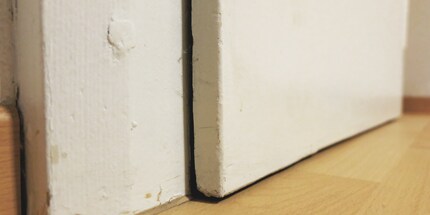

Sometimes all you need to do is adjust your door or window a little. They may hang crooked in the hinge, which is why they don't meet the frame properly and leave an opening. There is usually an Allen screw at the top of the fitting under a cover, which can be used to adjust the height of the window. You can also unhinge your door briefly and place a washer on the hinge to raise it slightly. However, it is not always the height adjustment that is the problem, but can also affect the lateral adjustment. There is also a screw for this. This is often located at the lower end of the hinge and is accessible when the window is open. However, hinges are almost as varied as the windows themselves, which is why there is no universal formula. You will therefore hardly be able to avoid trial and error.
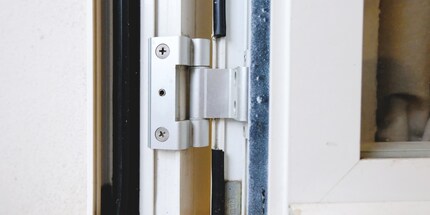
Fast help is promised by self-adhesive foam and rubber seals. First things first: foam seals are usually a little cheaper, but last less long and therefore need to be replaced more often. However, they both work in the same way. Before you start sticking it on, the area to be sealed must be spotlessly clean. Otherwise it will only hold moderately well. You may have to remove the old crumbly seals before you can apply the self-adhesive ones. If possible, the new seals should be applied to the moving part of the window or door. If you want to re-stick all sides, mitre cut the ends of the individual strands and make sure that they do not overlap.
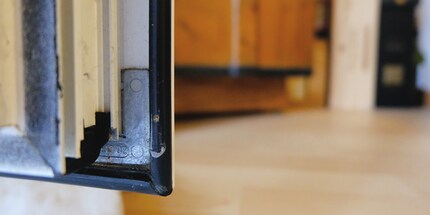

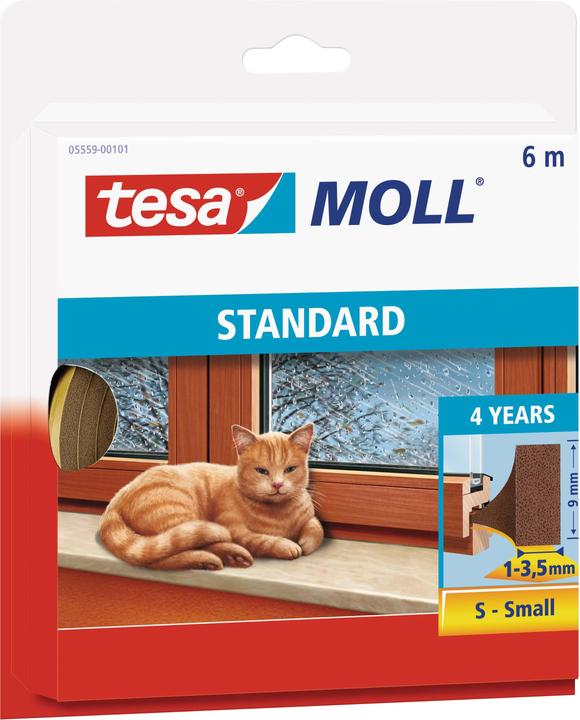

tesa tesamoll COMFORT door sealing rail, self-adhesive door seal for uneven floors
0.32 kg, White
If the culprit is in the transition between the window pane and frame, the rubber seal will not help. Then a silicone joint will help. Squeeze the sealant into a caulking gun and create a nice joint, et voilà. Excess silicone can be removed with a joint smoother and you can use a little washing-up liquid to smooth the material. If the problem lies in the transition between the masonry and the window (indoors), you can use acrylic. It is more matt than silicone and can be painted over.

Siemens EQ700 integral TQ717D03